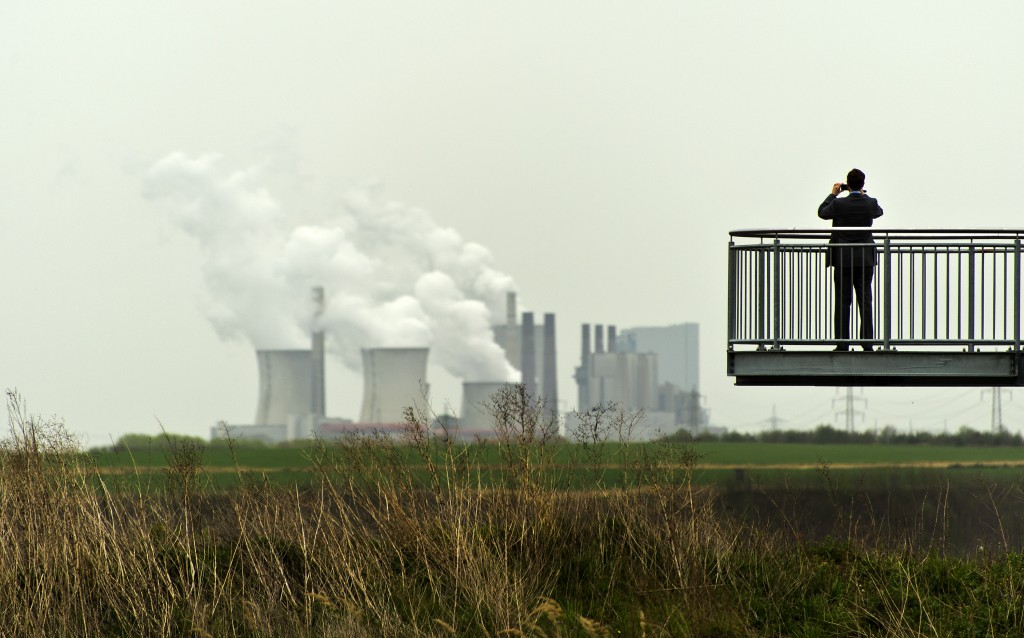Congress has recessed until after the November elections, and we turn our attention this week to energy and climate issues on the Administration and international fronts.
The House approved the continuing resolution (H.J. Res. 124) last week, keeping the government open through December 11, and the Senate’s approval followed shortly thereafter. The House also passed an energy package, the American Energy Solutions for Lower Costs and More American Jobs Act (H.R. 2) September 18. The measure, consisting of 13 already-House-approved bills, would approve the Keystone XL pipeline (H.R. 3, H.R. 3301), limit environmental regulations (H.R. 1582, H.R. 3826), and open federal lands to energy extraction (H.R. 4899). The House also approved a tax and deregulatory package, the Jobs for America Act (H.R. 4). The White House announced last week that the president would veto both the energy and tax packages if they came to his desk. The Senate will not act on the measures, but they afford a preview of the issues the upper chamber would consider if Republicans assume control of the Senate in 2015.


